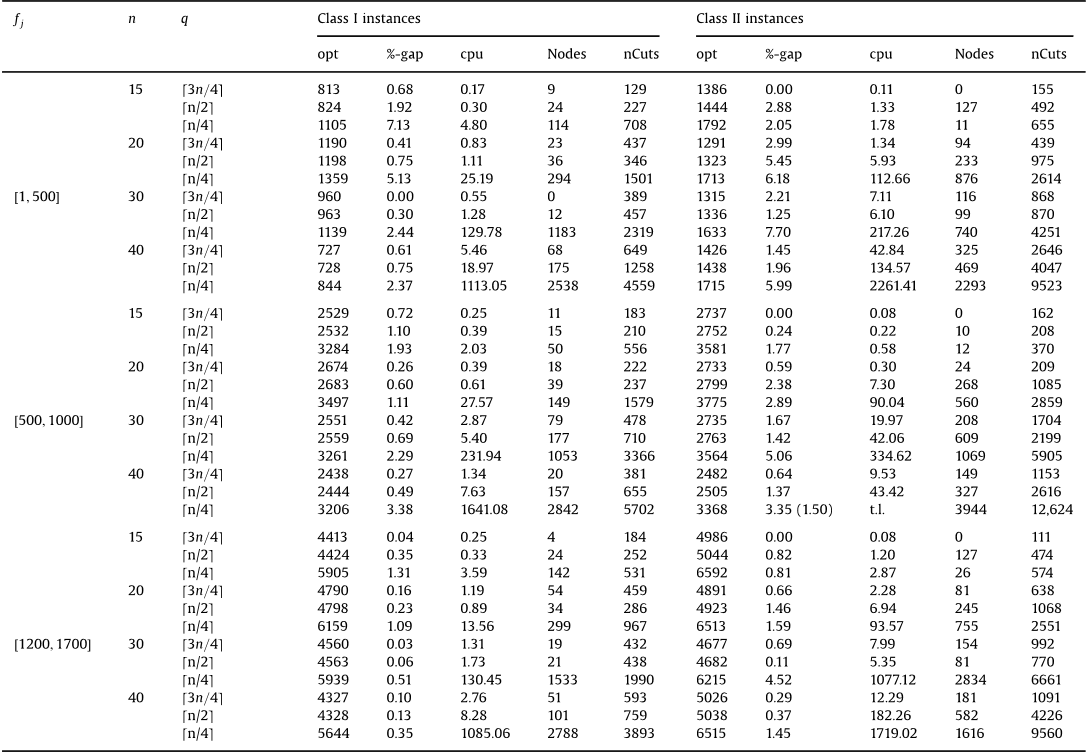Abstract: Reliability and redundancy of safety-critical network systems is a paramount issue in system engineering. Be it in evaluating existing network systems or solving optimization problems for designing network systems, it is important to consider reliability and redundancy. This dissertation is in collaboration with AIRBUS Group, France, and they are very interest in the optimal design of safety-critical aircraft architecture systems which have to consider reliability and redundancy. To address the problem of optimally designing such systems, we chose to focus on one specific aircraft architecture system the door management system. It checks if all doors are properly closed and the cabin has the correct pressure. It is a safety-critical system since it is part of the pressurization system of an aircraft. To optimally design the DMS while considering reliability, a suitable reliability evaluation algorithm is necessary. In this dissertation, we begin by proposing a suitable reliability evaluation algorithm for a type of non series-parallel network system which includes the DMS and which can be used in an optimization model. The reliability evaluation algorithm is based on a simplification of the probability principle of inclusion-exclusion formula for intersections of unions. The simplification exploits the presence of many repeated events and has many fewer terms, which significantly reduces the number of operations needed. We compare its computational efficiency against the sum of disjoint products method KDH88 for a simple artificial example and for the DMS. Afterwards, we introduce the first MILP model for the DMS with k-redundancy. As the model is too difficult to be solved efficiently by standard MILP solvers, we discuss the issues of solving the model with general solving methods such as branch-and-bound and branch-andprice. We introduce specialized branching rules and new heuristics to solve the DMS problem with k-redundancy more efficiently and show results of computational tests which compare the specialized solving algorithms with general solving algorithms for example instances of the DMS problem. Lastly, we discuss the problems of considering reliability in MI(N)LP models for the DMS and how the new reliability evaluation algorithm can be used. In this discussion, we give different MI(N)LP models for the DMS problem with redundancy and reliability. Moreover, we propose a new heuristic for the DMS problem with redundancy and reliability. It is based on branchand-bound, the Dantzig-Wolfe decomposition and on the new reliability evaluation algorithm. We show results of computational tests of the new heuristic for example instances of the DMS problem and discuss its validity.






